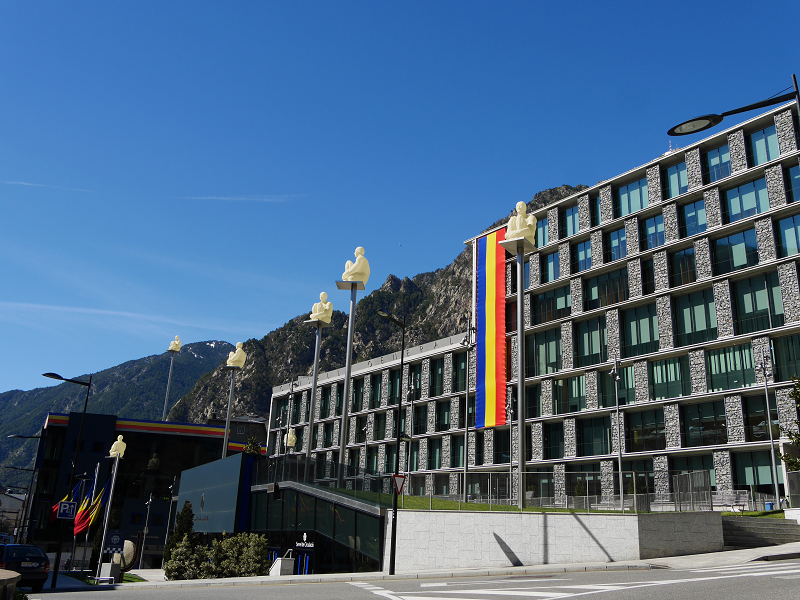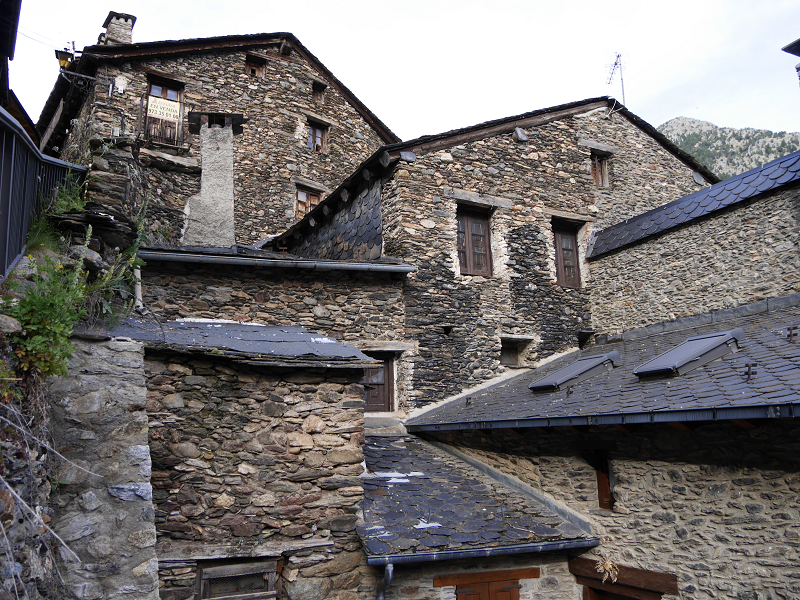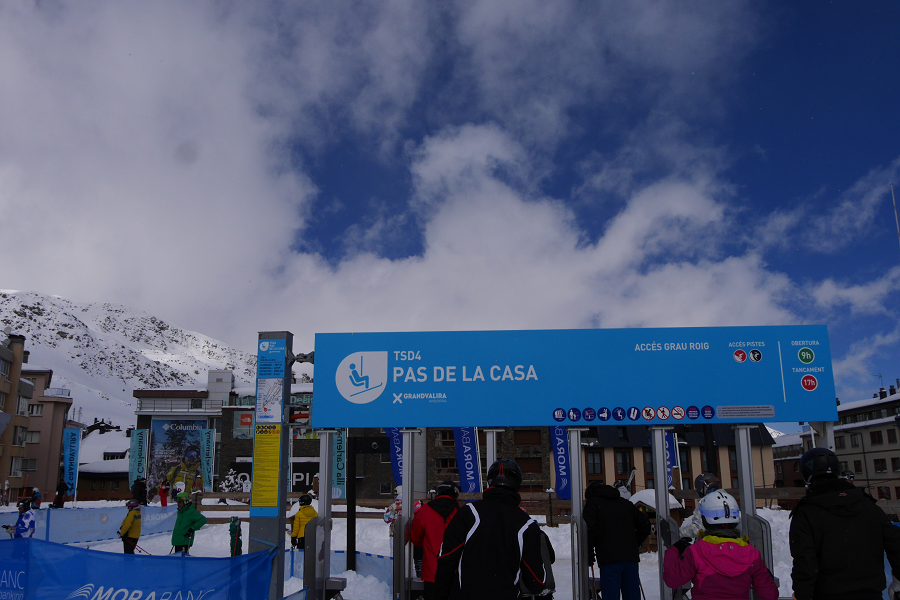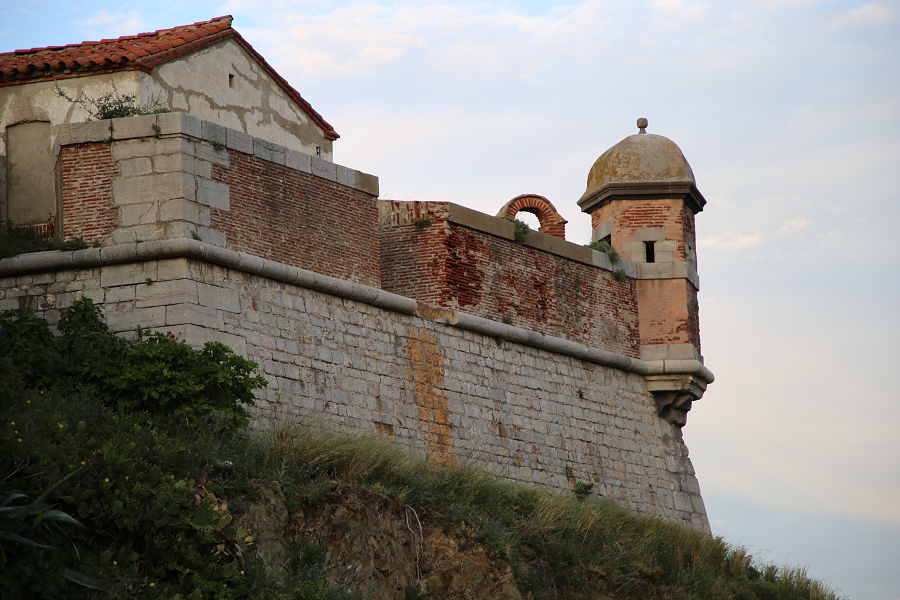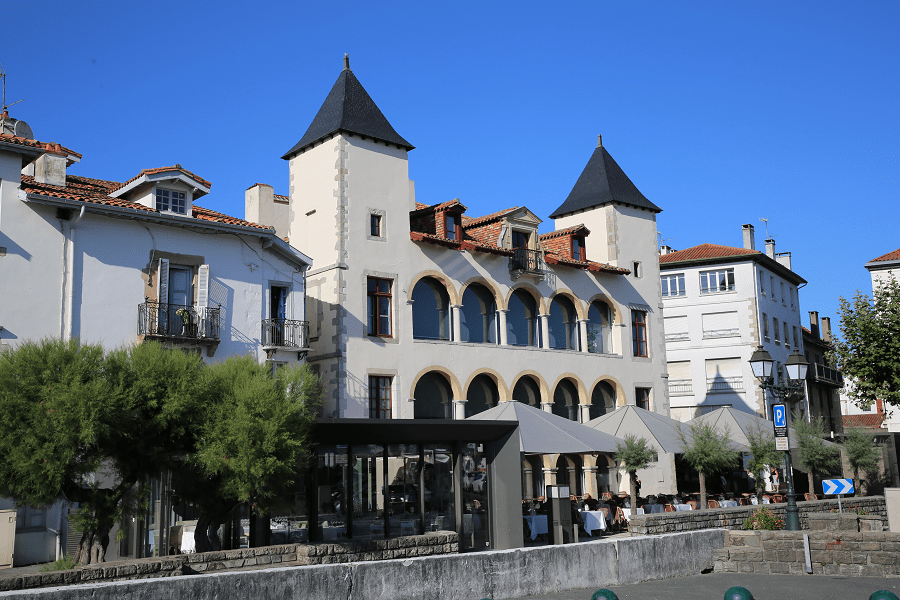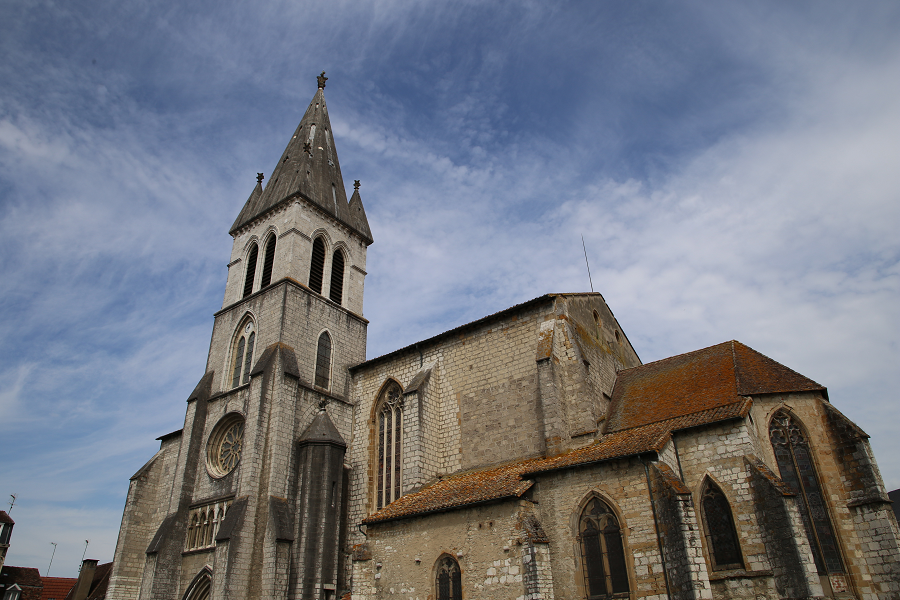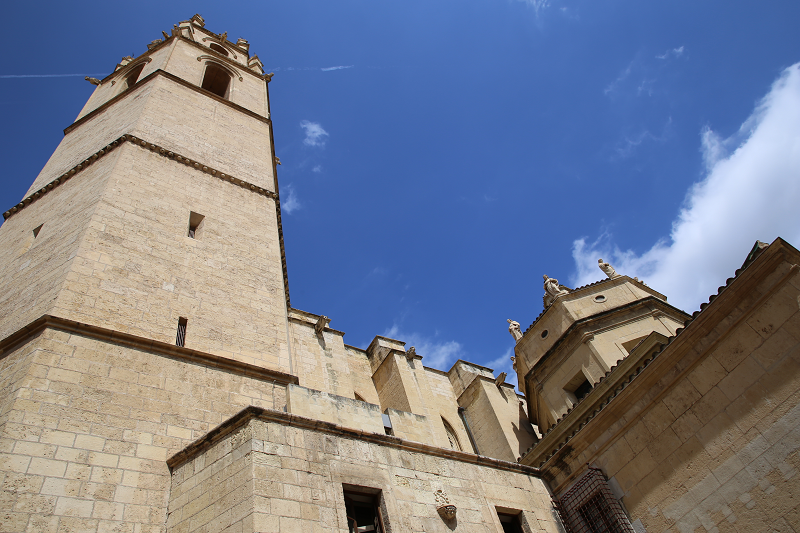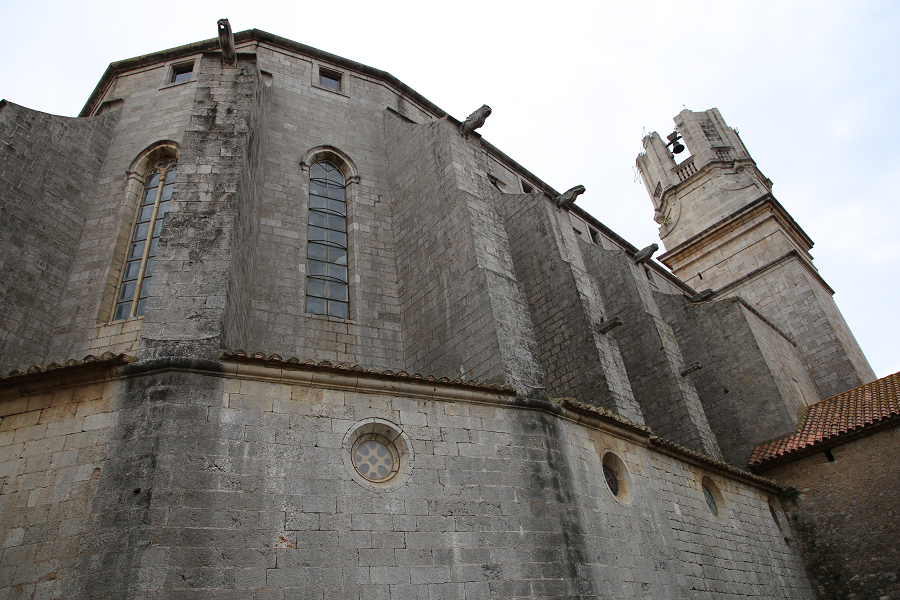Ordino
Ordino (cat. Ordino) – is the capital of the eponymous parish of Andorra. Ordino is the northern parish in the Principality of Andorra. The parish is located in an area of 89,3 sq. km. Ordino is located 6 km from the capital Andorra La Vella.
Ordino parish consists of 5 villages: La Cortinada, Ansalonga, Llorts, Sornas and Ordino.
Ordino is the third, according to the traditional order, of the seven parishes in Andorra. With 90 km² it is the largest one after Canillo. The parish includes the basin of the river Valira d’Ordino or Valira del Nord, located to the northwest of the Principality. It borders to the north with the Country of Foix (Auzat and Vic de Sòs), to the east with Canillo and to the south and west with La Massana.
Historically Ordino had stood out for its forges, especially Farga del Serrat and that of Areny. The closure of the forges and emigration in the late 19th century led to a sharp decline of inhabitants (454 in 1932 and 402 in 1970). In the seventies, coinciding with the expansion of tourism and the consequent construction of new houses, which have led to urbanizations in Cegudet, Ansalonga, Cortinada and El Serrat, there has been a notable recovery of the population, with a census of 713 inhabitants in 1980 and 778 in 1983.



